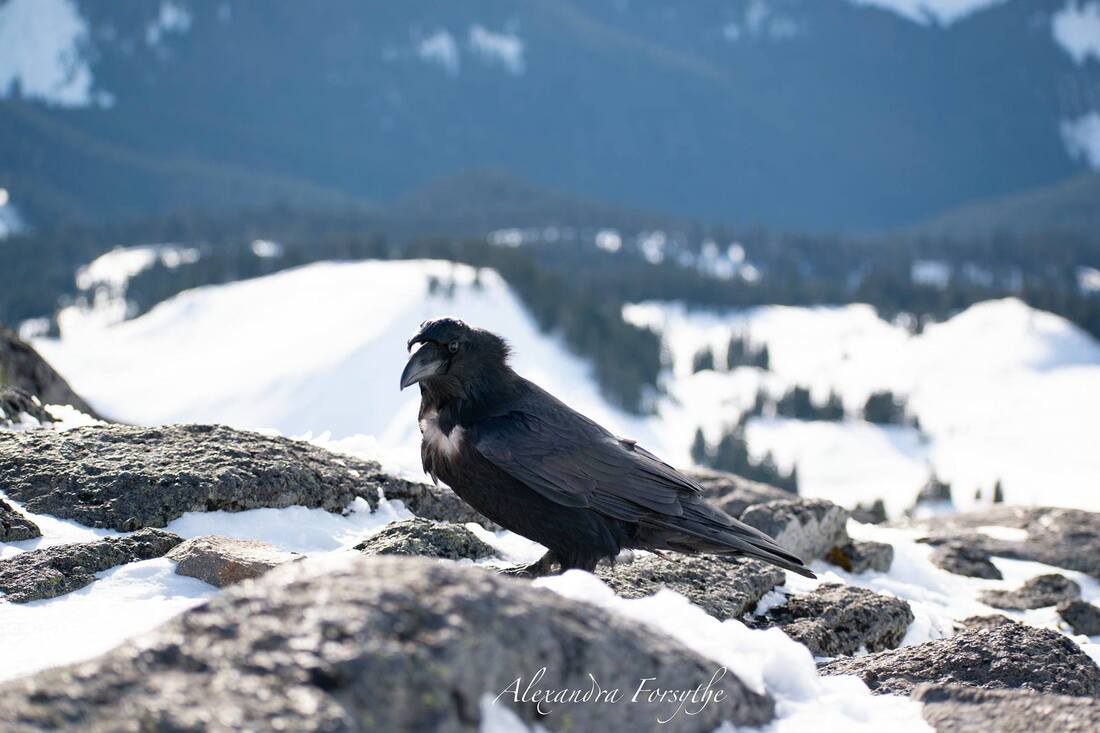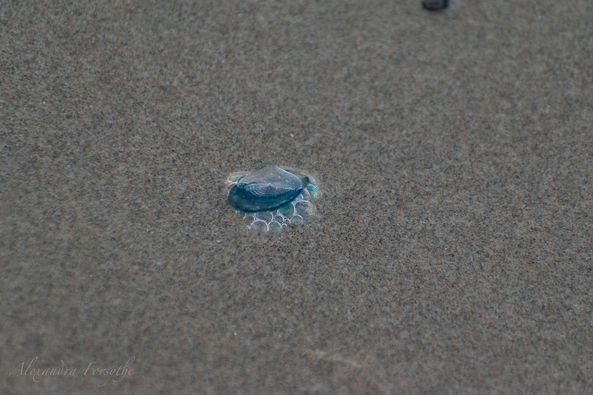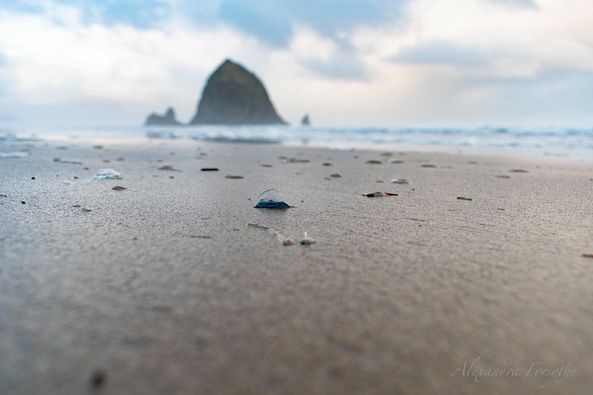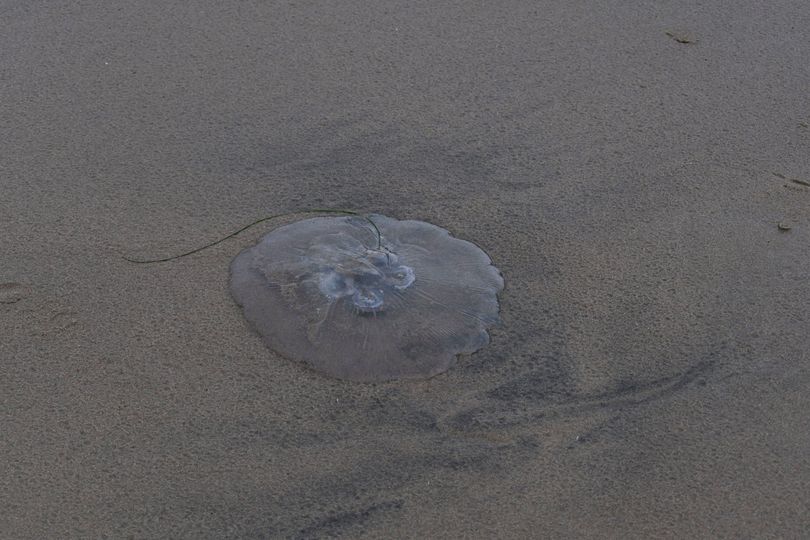You know it's a great day when you're standing on top of a mountain and one of your favorite types of birds swoops in and poses majestically with a stunning backdrop! My fellow birders might say this is a Common Raven, but my fellow geeks can debate whether this is Huginn or Muninn.
It's easy to see why Odin would have ravens as assistants. Corvids are some of the most intelligent creatures in the animal kingdom, rivaling apes and even young humans in their problem-solving abilities and their ability to plan for the future. They learn quickly, make tools, remember faces and events, and plan their moves several steps ahead.
Check out this excerpt from a recent study:
"Until recently, planning for the future has generally been considered to be unique to humans... It has been argued that planning in foraging and natural tasks is not the same as planning in a more general way. Kabadayi et al. tested ravens with tasks designed to specifically assess their general planning abilities... We tested whether ravens can make decisions for an event 15 minutes into the future, and over longer intervals of 17 hours. We additionally tested whether ravens can exert self-control when making decisions for the future. Well-developed self-control is essential to planning because impulsivity keeps one stuck in the immediate context. [The results show that] ravens plan for events unrelated to caching— tool-use and bartering—with delays of up to 17 hours, exert self-control, and consider temporal distance to future events. Confirming their forward-planning abilities, the birds performed at least as well as apes and small children in this complex cognitive task." Here's the full study: https://science.sciencemag.org/content/357/6347/202
So there you go - a great New Year's resolution: plan for your future and think several steps ahead, at least as much as a raven does!
It's easy to see why Odin would have ravens as assistants. Corvids are some of the most intelligent creatures in the animal kingdom, rivaling apes and even young humans in their problem-solving abilities and their ability to plan for the future. They learn quickly, make tools, remember faces and events, and plan their moves several steps ahead.
Check out this excerpt from a recent study:
"Until recently, planning for the future has generally been considered to be unique to humans... It has been argued that planning in foraging and natural tasks is not the same as planning in a more general way. Kabadayi et al. tested ravens with tasks designed to specifically assess their general planning abilities... We tested whether ravens can make decisions for an event 15 minutes into the future, and over longer intervals of 17 hours. We additionally tested whether ravens can exert self-control when making decisions for the future. Well-developed self-control is essential to planning because impulsivity keeps one stuck in the immediate context. [The results show that] ravens plan for events unrelated to caching— tool-use and bartering—with delays of up to 17 hours, exert self-control, and consider temporal distance to future events. Confirming their forward-planning abilities, the birds performed at least as well as apes and small children in this complex cognitive task." Here's the full study: https://science.sciencemag.org/content/357/6347/202
So there you go - a great New Year's resolution: plan for your future and think several steps ahead, at least as much as a raven does!





